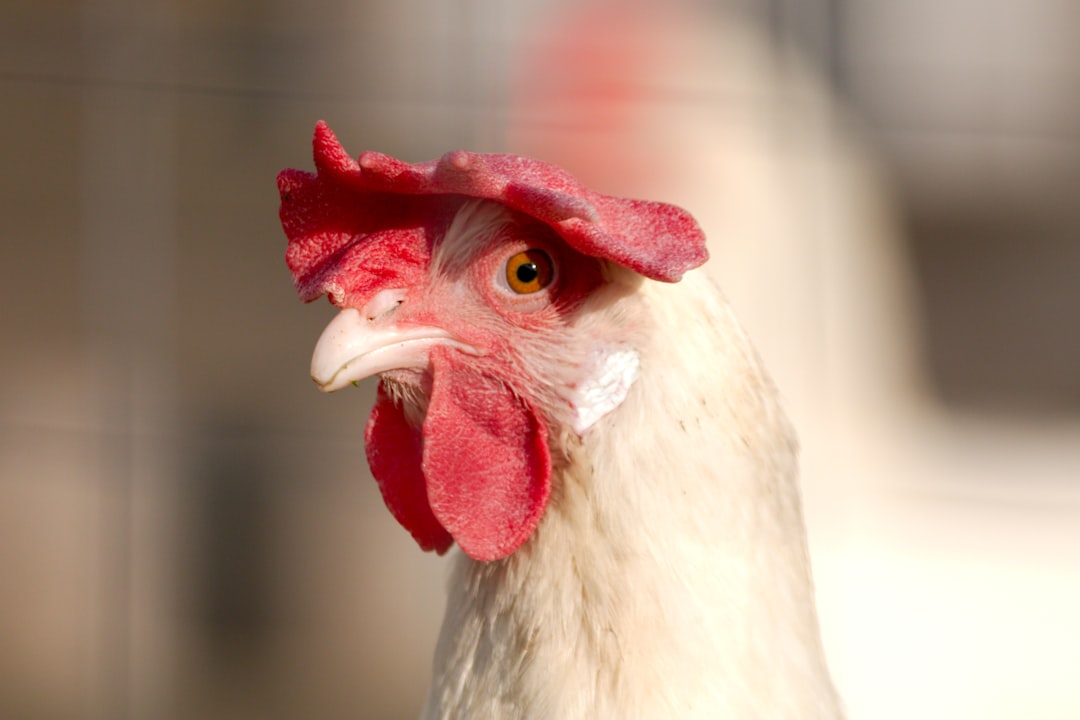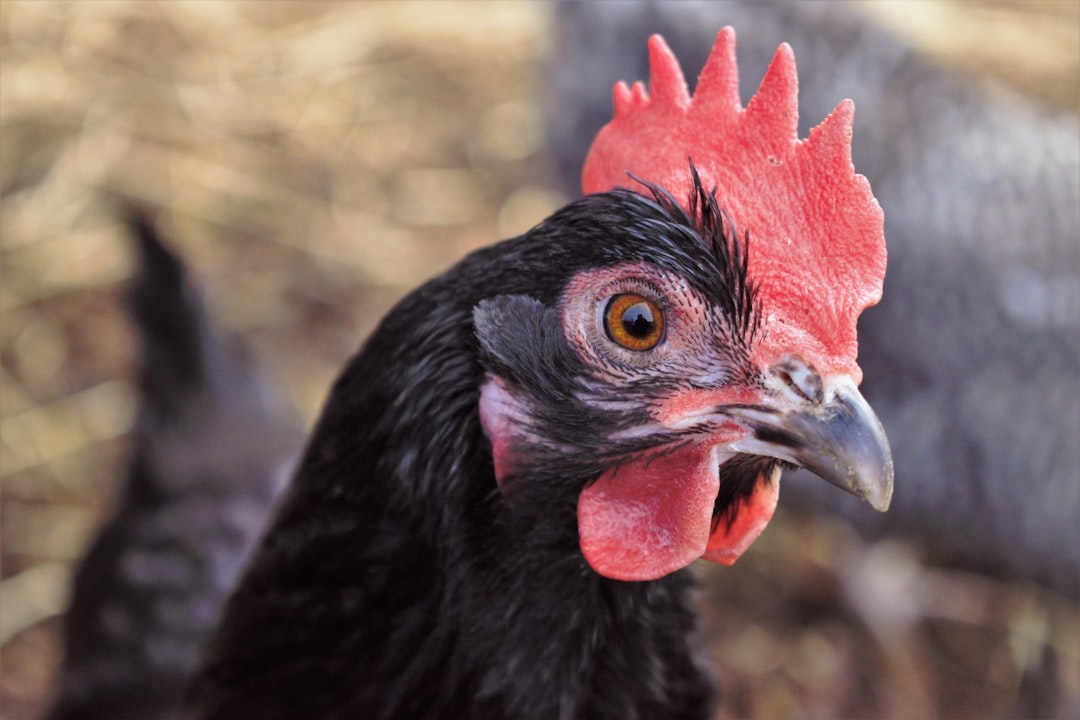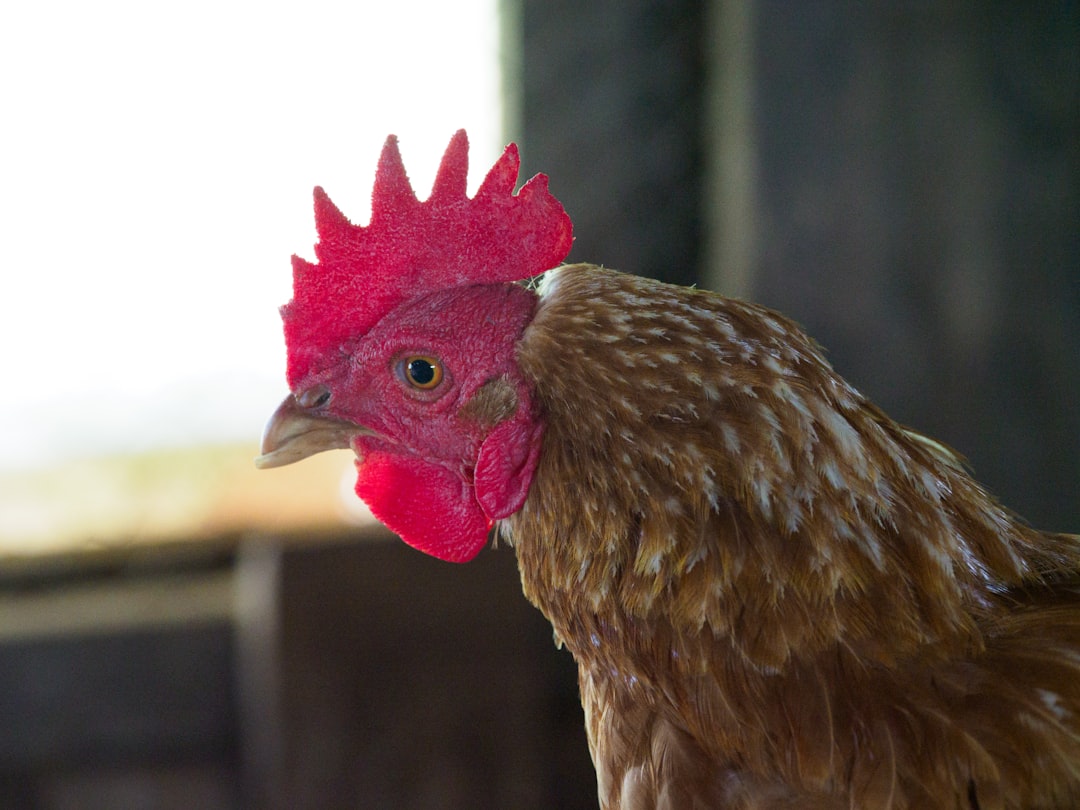If you're worried about the plight of the honeybee, you might want to avoid grabbing a carton of almond milk while grocery shopping. This seemingly innocent choice in the dairy - free aisle is far more complex than it appears, and it has significant implications for the honeybee population.
Almonds have become one of the most popular nuts in recent years, and almond milk has soared in popularity as a dairy alternative. California is the world's leading producer of almonds, accounting for a staggering 80% of the global supply. The almond orchards in California are vast, stretching as far as the eye can see. However, almonds are not self - pollinating. They rely almost entirely on honeybees for pollination.
Each year, beekeepers from across the United States transport millions of honeybee colonies to California's almond orchards during the almond bloom season. This mass movement of bees is known as 'pollination migration'. The scale of this operation is immense. It's estimated that around 1.6 million honeybee colonies are trucked to California for almond pollination, which represents about 60% of all managed honeybee colonies in the United States.
The demand for almond pollination has put an enormous strain on honeybee populations. Bees are exposed to a variety of stressors during this process. Firstly, the long - distance transportation is physically taxing on the bees. They are confined in hives and jostled around during the journey, which can disrupt their normal behavior and immune systems.
Secondly, the almond orchards are often treated with pesticides. While farmers try to use bee - friendly pesticides, there is still a risk of exposure. Pesticides can weaken the bees' immune systems, making them more susceptible to diseases and parasites. Varroa mites, for example, are a major threat to honeybees, and bees with weakened immune systems are less able to fight off these pests.
Another issue is the lack of diverse forage in the almond orchards. Bees need a variety of nectar and pollen sources to stay healthy. In the almond orchards, they are mainly exposed to almond blossoms for a short period. This limited diet can lead to nutritional deficiencies in the bees, further compromising their health.
The decline of honeybee populations is not just a concern for environmentalists. It has far - reaching economic implications as well. Honeybees are responsible for pollinating a wide range of crops, not just almonds. Fruits, vegetables, and many other agricultural products depend on honeybee pollination. A decline in honeybee populations could lead to lower crop yields, higher food prices, and potential shortages of certain foods.
So, what can consumers do? One option is to reduce the consumption of almond milk. By choosing other dairy alternatives such as soy milk, coconut milk, or oat milk, consumers can help reduce the demand for almonds and, in turn, ease the pressure on honeybee populations. Additionally, consumers can support local beekeepers by buying local honey. This helps to sustain beekeeping operations and provides an economic incentive for beekeepers to maintain healthy honeybee colonies.
Food manufacturers also have a role to play. They can explore alternative pollination methods for almond production. Some research is being done on using other pollinators, such as native bees, in addition to honeybees. This could help to reduce the reliance on honeybees for almond pollination.
Government policies can also make a difference. Governments can regulate the use of pesticides to protect honeybees. They can also provide incentives for farmers to adopt more bee - friendly farming practices, such as planting wildflower strips near almond orchards to provide additional forage for bees.
In conclusion, the connection between almond milk and the honeybee plight is a complex but important one. By being more aware of the choices we make as consumers and by taking collective action, we can help to protect honeybees and ensure a sustainable future for our food supply.



















